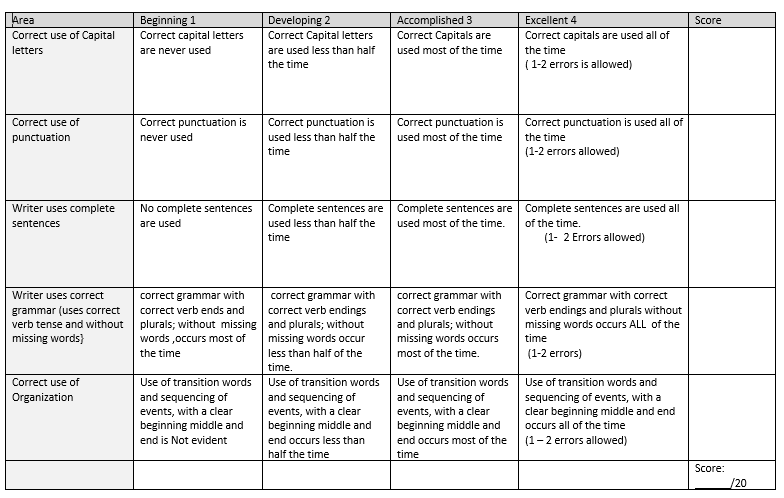
Assessments
Progress monitoring is a time consuming, difficult, but necessary part of teaching. It is important to keep track of how your students are progressing. This allows you to individualize instruction and make sure your students are achieving their goals.
I have created multiple progress monitoring devices depending on my student’s needs. I often create a “master sheet” that follows all of my student’s IEP goals. I then create separate sheets for the individual goals. This allows me to see their overall progress with one view, but I can see the specific details in each goal.
Another progress monitoring device I have created is a classroom monitoring form. I observe mainstreamed students for 15 mins in their general education classroom. I am looking to make sure my students are using what I am teaching – self advocacy skills – in the classroom.
Games
While teaching in South Korea, I was instructed to create a week long English Camp curriculum. I taught about 10 students for three hours a day. I created all the materials and activities from scratch – I was not allowed to use the school’s textbook since it was during both Summer and Winter break. Click here to find my itinerary and materials for all four English camps – Harry Potter, Olympics, Song and Dance, and Detective themes.
I talked about PowerPoint Games I created for Self-Advocacy skills, but I have also created PowerPoint games to help with reading and writing as well. One of my favorites is Catch the Sentence! This sentence or word flies quickly through the air. Students need to pay attention as to not miss the phrase or word. They then write it down and read aloud what they have written.
Another PowerPoint Game I have created is a Field of Five game. Students are given five words. They must listen to the teacher carefully. They then must pick – write – from the field of five which word the teacher said. The closer the words are to each other, the more fun the students have!
Daily Items
I have also created some materials that I reference daily. I keep these close by as to quickly access them when teaching. One is a list of Self-Advocacy questions. I have complied a list with almost every question related to a student’s hearing loss, situational questions, and more. I use this to create the student’s pool of question that they must master by the year’s end.
Another I use daily is my behavior chart. When I was a classroom teacher, I had a larger chart on a bulletin board that the students could see. But in the itinerant setting, I do not have that luxury. Instead, I have to make a portable behavior chart for my students. For most of my students, I have a chart that shows their actions graded 1 – 5. When they misbehave, they lose a point. However, I have realized that some students do not react well to response cost. I have created a different chart of these students. These students typically work well to gaining stars when they are behaving. In the itinerant setting, I have 2 – 3 different behavior charts on me at a time and use which one is most effective to the individual student.








